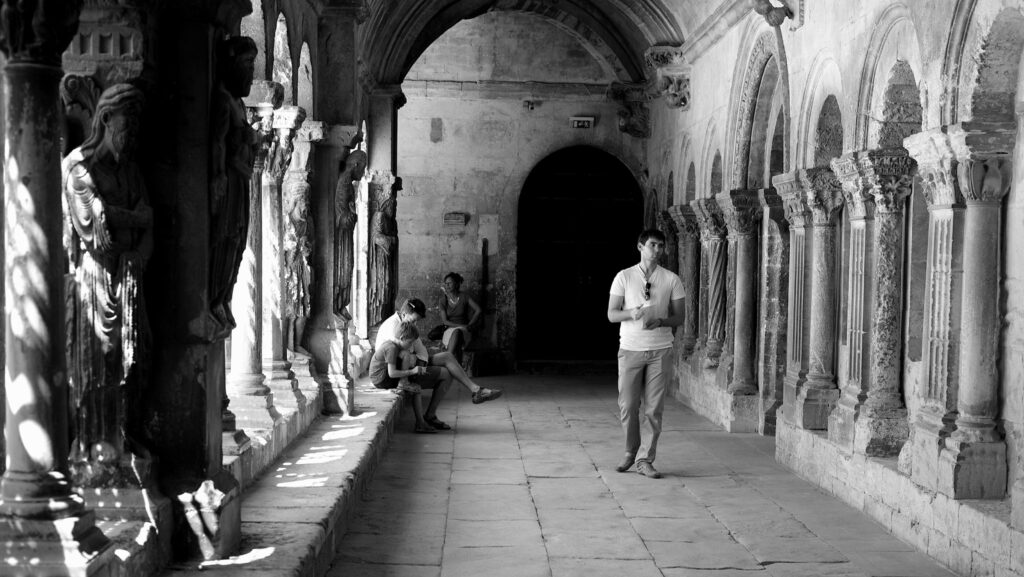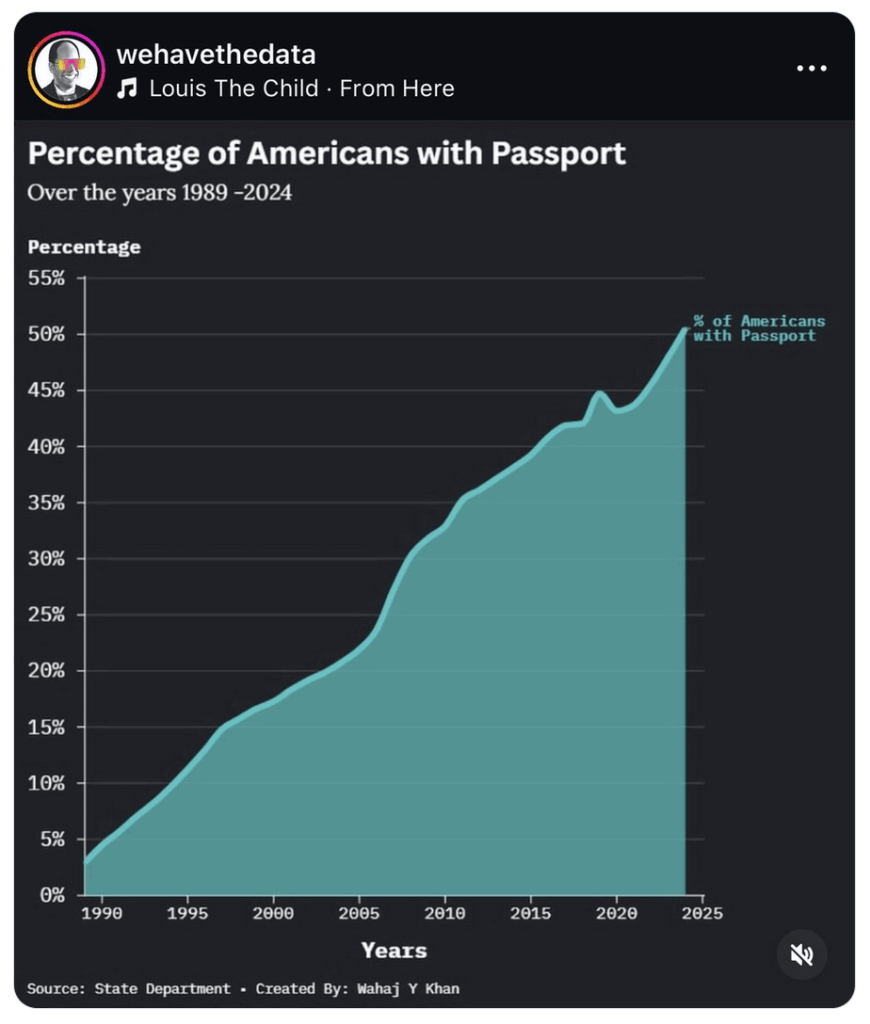Cloistered

Somewhere in France (possibly Cluny), 2012
Quote of the Day
”I’ve had a perfectly wonderful evening, but this wasn’t it.”
- Groucho Marx
Musical alternative to the morning’s radio news
Christine McVie | Songbird
Long Read of the Day
Trump’s Gilded Design Style May Be Gaudy, But Don’t Call it ‘Rococo’
Nice Bloomberg column by Feargus O’Sullivan trying to set the artistic record straight.
When President Donald Trump returned to the White House in January, he wasted little time redecorating. The design style of his opulent Florida estate, Mar-a-Lago, was ported to the Oval Office: Gilded figurines, plump cherubs and decorative appliques were liberally applied to walls and other surfaces in the presidential workspace.
As with the tariffs and travel bans, the renovations of the second term have been more aggressive than those seen during the first. One term used repeatedly to describe this excess of gilt and glitter is Rococo — an elaborate design style associated with pre-revolutionary France. In the New York Times, Emily Keegin called the new Oval Office a “gilded rococo hellscape,” while Kate Wagner of the blog McMansion Hell dubbed the presidential look “Regional Car Dealership Rococo.” The R word — sometimes uppercased, sometimes not — has also been invoked to describe Trumpian decor in the Washington Post, the LA Times and Vanity Fair.
O’Sullivan is (rightly) pissed off by the way a president with a taste for gold-painted home furnishings prompts clueless media to “malign the good name” of a sophisticated, exuberant and frequently misunderstood European design style.
I particularly liked his comment about the new-look Oval Office “where the row of gold urns along the mantel looks less like a trove of priceless antiques than a set of beauty pageant trophies lined up for sale on eBay.”
Hope you enjoy it as much as I did.
An AI tool that’s genuinely useful
Yesterday’s Observer column on operating in a world where information is not just overabundant but scattered, disorganised and contextually disconnected.
I am writing this column in a text editor on my laptop. I also have a browser (Firefox) running that has – pauses to count – 18 tabs open. Each one represents a webpage containing information that I searched for when planning the column: websites, YouTube videos, a list of relevant podcasts to which I should have listened, pdfs of relevant reports, notes that I’ve made when reading through the sources I’ve consulted, lists of links that are conceivably relevant – etc, etc.
And, somehow, I have to weave a coherent narrative from all the stuff in those tabs. Cue violins?
Save your sympathy: I’m just an ordinary Joe facing what confronts millions of “knowledge workers” every day. As Steven Johnson, one of the world’s best science writers, puts it: “You find yourself in these situations where the job you were trying to do involves synthesising information that is scattered across 15 open tabs and a bunch of documents sitting on your drive, and, you know, wherever that is, all over the place.
We’re long past “information overload” and have moved onto something much worse: a phase of cognitive fragmentation, when information is overabundant — and also scattered, disorganised and disconnected, making it difficult to make sense of what’s happening.
Chart of the Day

Sobering, ne c’est pas? Helps to explain US isolationism, maybe. Link
Linkblog
Something I noticed, while drinking from the Internet firehose.
- How India became a french fry superpower And no, I did not make that up. Link
This Blog is also available as an email three days a week. If you think that might suit you better, why not subscribe? One email on Mondays, Wednesdays and Fridays delivered to your inbox at 5am UK time. It’s free, and you can always unsubscribe if you conclude your inbox is full enough already!
